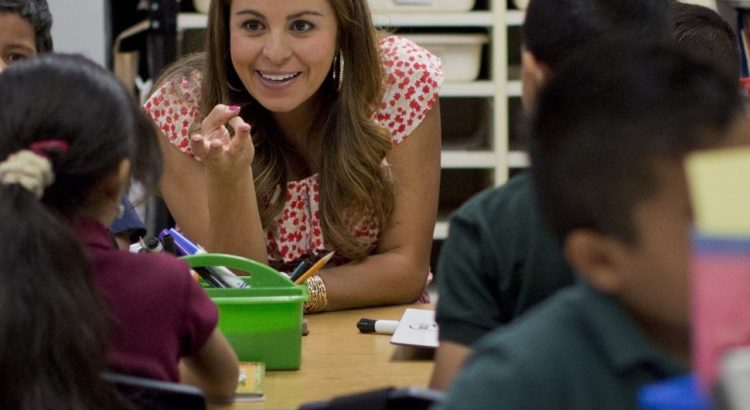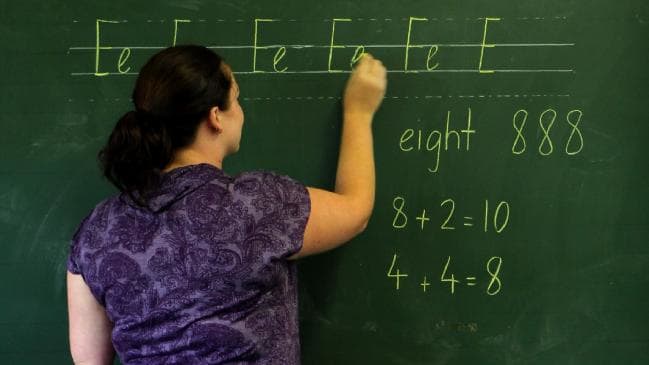| “Alcanzar la igualdad de género y empoderar a las mujeres no sólo es lo correcto, sino que es un ingrediente fundamental en la lucha contra la pobreza extrema, el hambre y la malnutrición”, aseguró hoy el Director General de la FAO, José Graziano da Silva |
Al intervenir en un evento de alto nivel coorganizado por la FAO, la Comisión Europea y la Presidencia eslovaca de la Unión Europea, en colaboración con el Fondo Internacional de Desarrollo Agrícola (FIDA), el Programa Mundial de Alimentos (PMA) y ONU-Mujeres, Graziano da Silva añadió que “las mujeres son la columna vertebral de nuestra labor en la agricultura”, indicando que suponen el 45 por ciento de la mano de obra agrícola en los países en desarrollo, porcentaje que alcanza el 60 por ciento en algunas zonas de África y Asia.
Estas cifras subrayan la importancia de garantizar que las mujeres rurales cuenten con igualdad de oportunidades, según el Director General de la FAO
“Todo es cuestión de oportunidades. Las evidencias demuestran –dijo- que cuando las mujeres cuentan con oportunidades, los rendimientos en sus explotaciones aumentan y también sus ingresos. Los recursos naturales se gestionan mejor. Mejora la nutrición. Y los medios de subsistencia están más protegidos”.
Por este motivo las mujeres rurales son actores clave en el esfuerzo para lograr todos los Objetivos de Desarrollo Sostenible, pero especialmente el ODS2, liberando al mundo del hambre y la malnutrición”, explicó Graziano da Silva
Hambre cero: imposible sin contar con las mujeres
El Comisario europeo de Cooperación Internacional y Desarrollo, Neven Mimica, señaló a los participantes del evento que: “a menudo se dice que si educas a una mujer, educas a toda una generación. Lo mismo ocurre cuando empoderamos a las mujeres en cualquier ámbito, no sólo con el acceso al conocimiento, sino también a los recursos, la igualdad de oportunidades y dándoles voz”.
Sin embargo, las estadísticas actuales sugieren que el mundo no está alcanzando este objetivo, según Mimica.
“Sabemos –dijo-que los rendimientos agrícolas aumentarían en casi un tercio si las mujeres tuvieran el mismo acceso a los recursos que los hombres. Como resultado, habría hasta 150 millones menos de personas hambrientas en el mundo. Y sabemos que los niños tienen perspectivas de futuro mucho mejores cuando sus madres están sanas, y cuentan con recursos económicos y formación. Especialmente durante los primeros mil días de la vida del niño”.
“Si queremos de verdad poner fin a la pobreza y al hambre de una vez por todas, necesitamos ampliar todos nuestro apoyo a las mujeres de las zonas rurales. Como forma de invertir en las familias, en nuestras comunidades, en nuestras sociedades y en el futuro de nuestro planeta”, dijo el Comisario de la UE.
Cerrar la brecha de género
Gabriela Matecná, ministra de Agricultura y Desarrollo Rural de Eslovaquia y actual Presidenta del Consejo de la Unión Europea, señaló por su parte que “la brecha de género impone costes significativos a la sociedad, en términos de pérdidas de producción agrícola, seguridad alimentaria y crecimiento económico”.
Aunque casi la mitad de la mano de obra agrícola del mundo es femenina, señaló, las mujeres poseen menos del 20 por ciento de las tierras de cultivo. Al mismo tiempo, el 60 por ciento de las personas que padecen hambre crónica en el planeta son mujeres o niñas.
Sin embargo, “cuando las mujeres se ven plenamente involucradas, los beneficios pueden verse inmediatamente: las familias están más sanas y mejor alimentadas; sus ingresos, ahorros e inversiones se incrementan. Y lo que es cierto de las familias, también lo es para las comunidades y, a largo plazo, para el país entero”, añadió Matecná.
Trabajar juntos hacia un objetivo común
En el evento de hoy en la sede de la FAO participaron también representantes de otras organizaciones de la ONU, que pusieron énfasis en la importancia de erradicar la desigualdad de género y empoderar a las mujeres con información, capacitación, tenencia y acceso justo a los recursos y a los servicios de apoyo agrícola, nutricional y a la salud.
“Cuando se invierte en un hombre, se invierte en un individuo. Cuando se invierte en una mujer, se invierte en una comunidad”, afirmó el Presidente del FIDA, Kanayo F. Nwanze.
“Estamos viendo una y otra vez que la igualdad de género abre las puertas para que comunidades enteras fortalezcan su seguridad alimentaria y nutricional y mejoren su bienestar social y económico”, dijo, añadiendo que “empoderar a las mujeres rurales es en realidad empoderar a la humanidad”.
“Sólo facultando a las campesinas podemos aprovechar el potencial de los sistemas alimentarios globales. Apoyarles es esencial para crear resiliencia, lograr empresas más sólidas y progresar en la seguridad alimentaria a largo plazo “, señaló en su intervención Denise Brown, Directora de Emergencias del PMA.
Por su parte, la Directora de Programas de ONU-Mujeres, Maria Noel Vaeza, recordó que eliminar las brechas de género en la agricultura “puede proporcionar múltiples dividendos para el desarrollo, incluyendo la igualdad de género para las mujeres rurales, la seguridad alimentaria y la reducción de la pobreza, una mejor gestión del clima y sociedades en paz.”
Datos clave
• En los países en desarrollo, las mujeres representan el 45% de la mano de obra agrícola: desde un 20% en América Latina hasta el 60% en zonas de África y Asia.
• En los países en desarrollo de África y la región de Asia y el Pacífico, las mujeres suelen trabajar entre 12-13 horas más que los hombres por semana.
• En todas las regiones, las mujeres son menos propensas que los hombres a poseer o controlar la tierra, y sus parcelas suelen ser de peor calidad. Menos del 20% de los propietarios de tierras en el mundo son mujeres.
• Si las agricultoras tuvieran el mismo acceso a los recursos que los hombres, el número de personas hambrientas en el mundo podría reducirse hasta en 150 millones, gracias a los aumentos de productividad.
• Las mujeres reinvierten hasta el 90% de sus ganancias en sus hogares, dinero que se destina a nutrición, alimentos, atención médica, escuela y actividades generadoras de ingresos, ayudando a romper el ciclo de la pobreza intergeneracional. Ecoportal.net














 Users Today : 14
Users Today : 14 Total Users : 35421414
Total Users : 35421414 Views Today : 15
Views Today : 15 Total views : 3356188
Total views : 3356188